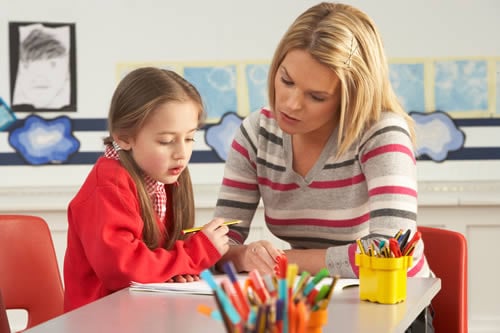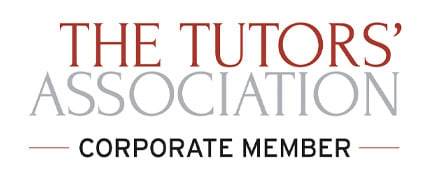Autism is a lifelong, neurological disability which affects how a person interacts with other people and the world around them. Each person will have their own, individual profile of strengths and challenges which is likely to include:
- Problems understanding social situations
- Repetitive behaviour
- Sensory issues
Although difficulties can range from mild to severe, a young person with autism will probably need extra support at school.
World Autism Awareness Day was set up in 2007 by the United Nations as a way of prompting people across the globe to push for greater understanding and tolerance of the condition. The theme for this year is ‘inclusive education’. But what does this actually mean?
Inclusivity is Difficult to Define

“The idea of inclusivity in education means different things to different people,” says Nicole, a tutor and qualified teacher with extensive experience in both mainstream and specialist settings. “Some people believe that every child with ASD should be in a mainstream school whilst others say that they should all be in a specialist provision. In reality, it should be about the individual person and their needs and identifying where they will flourish best.”
Conversely, in a general sense, Nicole continues, it’s helpful and inclusive for teachers to acknowledge that all autistic students are likely to have sensory issues and problems with communication. “Teachers need to stop and think about the amount of speaking and listening involved in classroom activities,” she points out. “Can students process all that information? What would be the best way for them to show what they’ve learned? Some children, for example, might find it difficult to explain themselves verbally but will be able to put it in writing.
“Take a look around the classroom,” she carries on. “What might be distracting in that environment? One lad I worked with told me he liked a particular classroom because it ‘didn’t belong to anyone’. It was an extra room used for all kinds of lessons so it didn’t have any displays on the walls. It turned out he found lots of posters distracting.”
Equity & Equality

Nicole says she has seen educational inclusivity at its best when teachers adopt the ‘SCERT’ approach – which stands for ‘social, communication, emotional-regulation and transactional support’. It’s an idea which was developed in the USA approximately twenty years ago which, she says, shifts the focus from what the child needs to achieve to what the student and teacher can accomplish together.
“It’s a subtle mindset shift,” she explains. “You identify the students’ challenges, but the crucial bit is the ‘transactional support’ where the teacher looks at what they need to do to meet the child halfway.”
Nicole adds that a meme showing the difference between ‘equality’ and ‘equity’ goes a long way to explaining inclusivity. In one picture, three children of different heights are watching a sports match over a fence. With ‘equality’ they are all given a box of the same dimensions but the shortest child still can’t see the game. With ‘equity’ each child is given more boxes according to their height to enable them all to see over the fence. “It’s pointing out that not everyone has the same needs,” she concludes.
Inclusivity Not Always Easy to Achieve

Specialist tutor Ione worked as a chef before turning to a career in education. She has a master’s degree in International Child Studies as well as a PGCE and now works in an SEN unit in a primary school. She points out that an inclusive approach – although well-meant – can sometimes be more difficult to implement than it seems.
“There’s no doubt that some children with autism can do very well in mainstream schools with the right support but it doesn’t fit everyone,” she says. “Other kids with ASD would do much better in a specialist setting – the problem is, there aren’t enough SEN schools around. I’ve been working with one student, for example, who was taken out of a mainstream provision because it couldn’t meet her needs. None of the other schools near her could help either, so she’s had to be home-schooled for the past four years. It’s so sad.”
Another drawback to a mainstream environment, Ione explains, is that most PGCE courses hardly touch on autism in the classroom, let alone give trainee teachers any guidance on how to work with students with the condition. “Older teachers with more life experience tend to have picked up more understanding of autism but they often move on to management roles or leave to have their own children,” she comments. “It means you have a lot of young, newly-qualified teachers who are trying their best but are often not the most experienced when it comes to supporting youngsters with ASD.”




